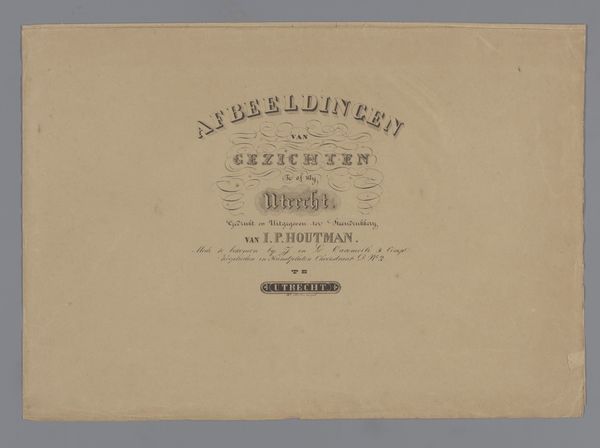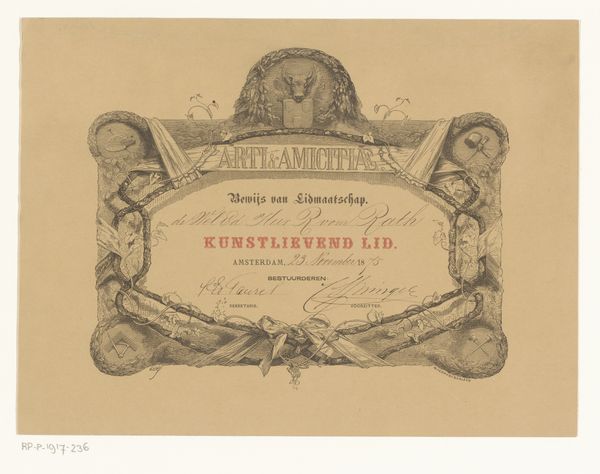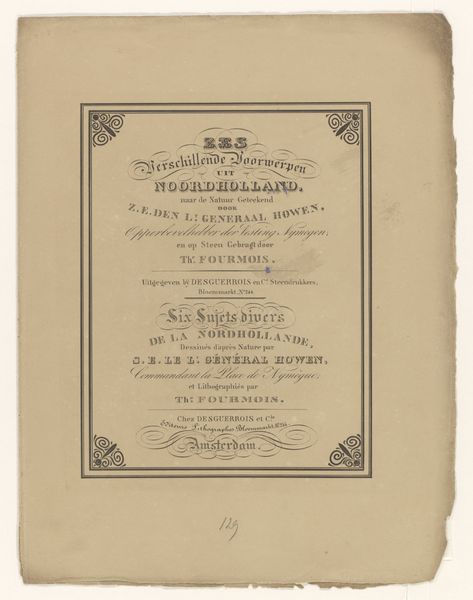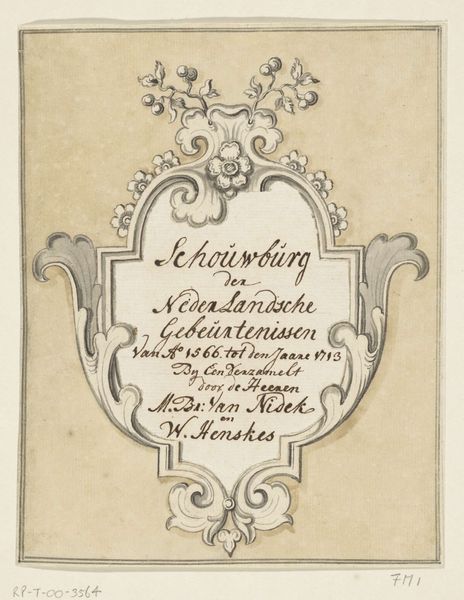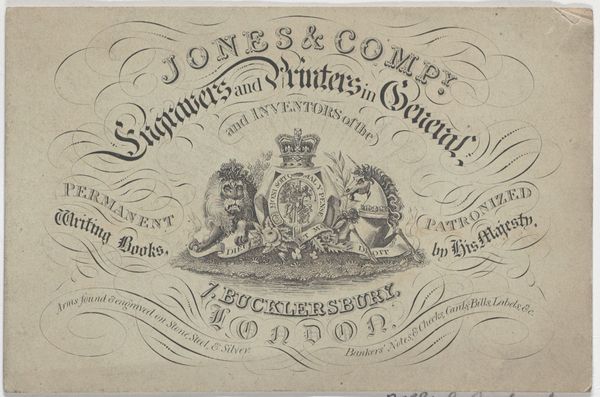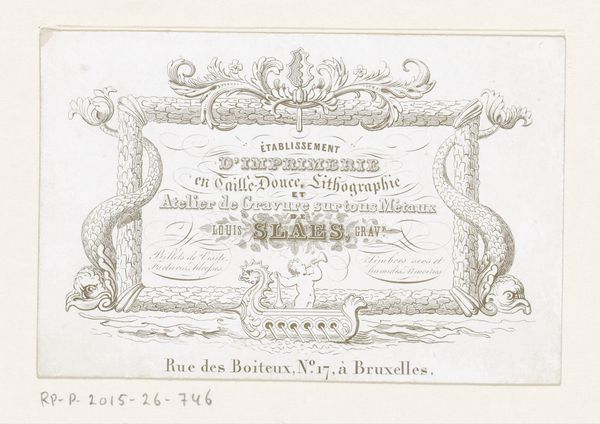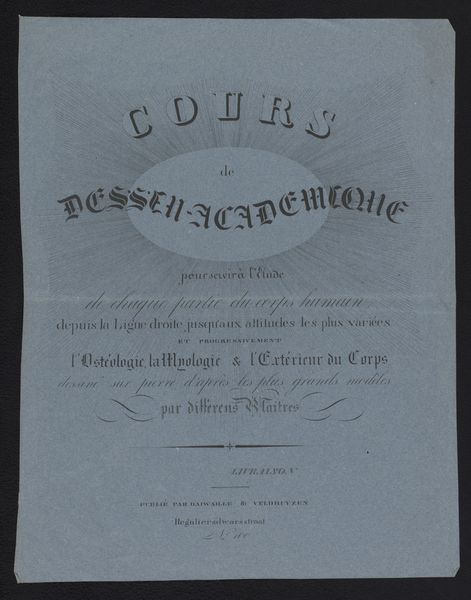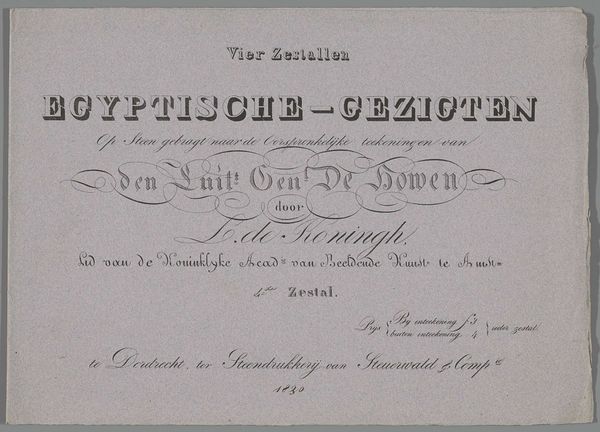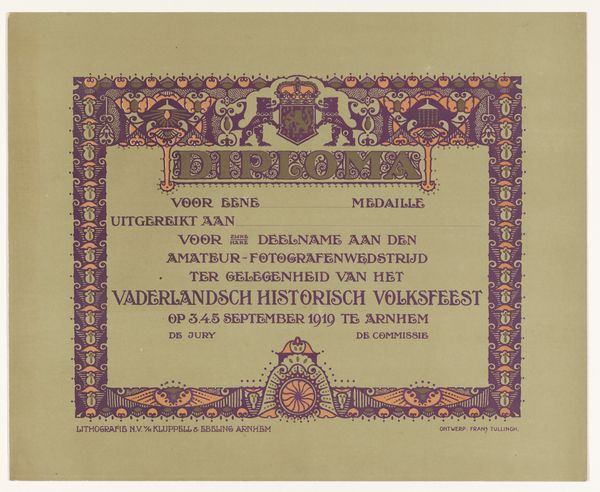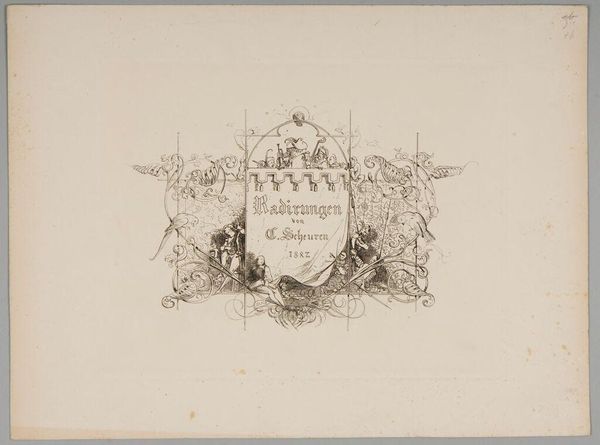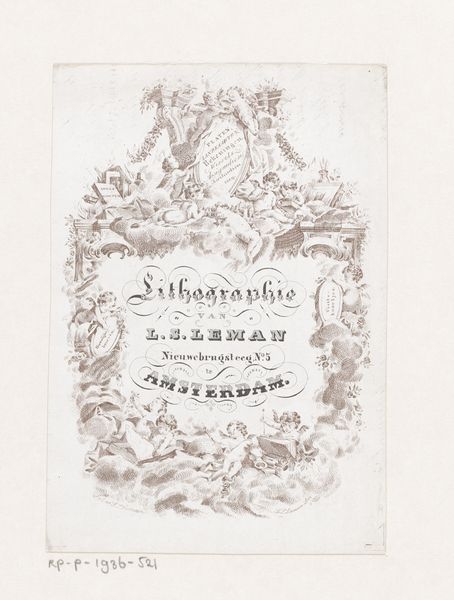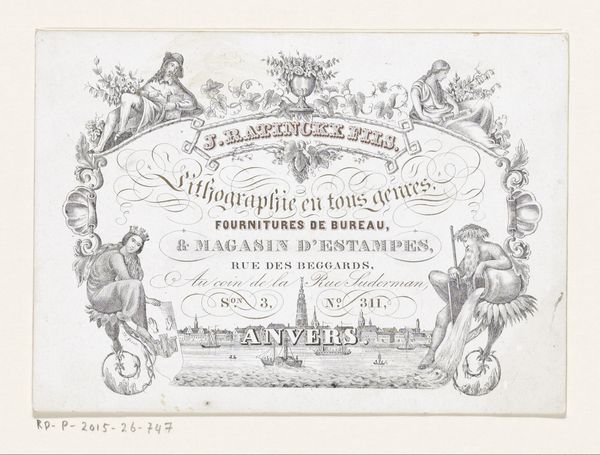
Diploma van de Maatschappij van landbouw, tuinbouw en veelteelt voor de schoonste niet gevraagde vruchten van J. de Jonge van Zwijnsbergen 1874
0:00
0:00
pcbayens
Rijksmuseum
drawing, graphic-art, print, typography, ink
#
drawing
#
graphic-art
#
16_19th-century
#
dutch-golden-age
# print
#
typography
#
ink
#
academic-art
#
realism
Dimensions: height 365 mm, width 458 mm
Copyright: Rijks Museum: Open Domain
Editor: Here we have a certificate, "Diploma van de Maatschappij van Landbouw...", from 1874 by P.C. Bayens. It’s a rather ornate print, acknowledging excellence in agriculture, or at least that’s my initial take. What do you see in this piece? Curator: Beyond the beautifully rendered typography and decorative elements, I see a reflection of 19th-century Dutch society's values. Certificates like these weren't just about recognizing individual achievement. They were public affirmations of the importance of agriculture, horticulture, and animal husbandry to the nation's economic and social fabric. Note the emphasis on “Maatschappij," society, or the company of agriculture, it points to its public function and image. Editor: So, it's not just about awarding a farmer for growing nice fruit. It’s about promoting these industries in the eyes of the public? Curator: Exactly. Think about who would have been present at these agricultural exhibitions. Not just farmers, but also landowners, merchants, local officials. This certificate served to solidify relationships, foster a sense of shared identity, and promote economic activity within the region. The diploma itself becomes a political object. Editor: That makes sense. So, what would have been the role of art within agriculture and these societies back in the 19th century? Curator: I imagine there would have been discussions over the visual culture used to communicate effectively to those visiting the agricultural and horticultural event. This is Academic art, realism and attention to the dutch golden age all coalescing together for something very powerful and useful at the time. Editor: Wow, that definitely gives me a new appreciation for something I initially saw as just a fancy piece of paper. Curator: Exactly! It's about seeing beyond the surface to understand the socio-political forces that shaped its creation and reception.
Comments
No comments
Be the first to comment and join the conversation on the ultimate creative platform.
